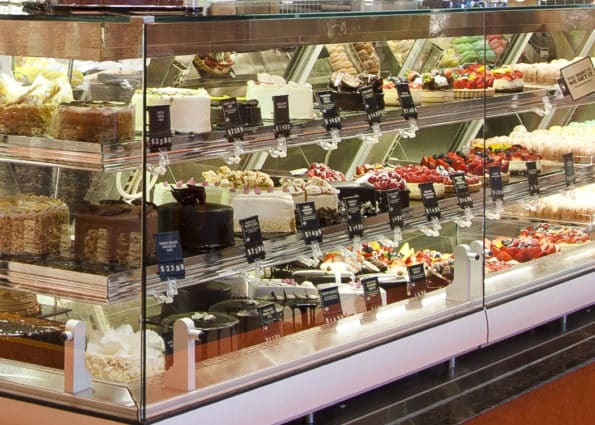Lighting helps highlight true colors of products and stores

Join Margie Proctor and Jack Sjogren for “The Art of Lighting – Merchandising and Food Presentation” at Supermarket Sense 2016, September 21-22 in Conyers, Ga.
From highlighting food products to setting the tone for the shopping experience, lighting – in particular, color choice – is a key merchandising strategy for grocers.
Lighting is one of the first things a shopper sees when they enter a store, so it is important to make a good first impression with the right lighting. Think about lighting in different types of stores: A discount store has brighter, more even lighting that is designed to encourage shoppers to move through at a quicker pace. A more upscale market often has warmer, lower lighting, inviting customers to linger and ponder specialty products.
The same considerations apply to highlighting the main ingredients in a supermarket – the food. Whether it is lighting in the display case or around it, the right choices in colors and brightness help set the stage for enhancing products. Colors evoke emotions. The proper use of them in lighting can engage supermarket shoppers.
This strategy isn’t about deception, such as putting dye in red meat to make it look more appealing. Proper colors and lighting techniques highlight the best of a food product, allowing shoppers to see the silver scales and white flesh of fish or the freshness of lettuce. In contrast, sometimes neutral lighting or choices that are not thoroughly considered can detract from the presentation. For instance, red meat might have a grayish tinge in the wrong lighting.
Research supports the bottom line benefits of complementary lighting and color choice for supermarkets products. Ninety-three percent of consumers place visual appearance and color above other factors when shopping, while 85 percent place color as a primary reason for why they buy a particular product.
Given those consumer tendencies, grocers who neglect this aspect of their business are missing a key opportunity. Find ways to make that red tomato pop and to ensure the cream atop baked goods is seen as a luscious cream color.
Sometimes cool tones (white, blue) work best with lighting food products, while other items are enhanced by warmer tones (yellow, orange). This strategy applies both to food products shoppers can see, such as produce, as well as packaged products in areas like frozen foods. The good news is that advances in lighting technology are giving grocers have more choices than ever. LED bulbs with different colors and different color temperatures allow for broad customization.
Unfortunately, there is not a lot of readily available guidance on how to use color to enhance the visual appeal of supermarket products. Grocers who embrace these strategies are potentially blazing a trail and gaining an edge. You don’t need to be a lighting expert, but you should feel empowered to ask the right questions.
Supermarket Sense 2016 will bring together retail operations, thought leaders and dedicated food retail industry professionals for a comprehensive and collaborative training event next month in the Atlanta metro area. Sponsored by Hillphoenix, Unified Brands, Datassential and Harold Lloyd Presents, the two-day event will be held in Conyers, Ga. on September 21-22.